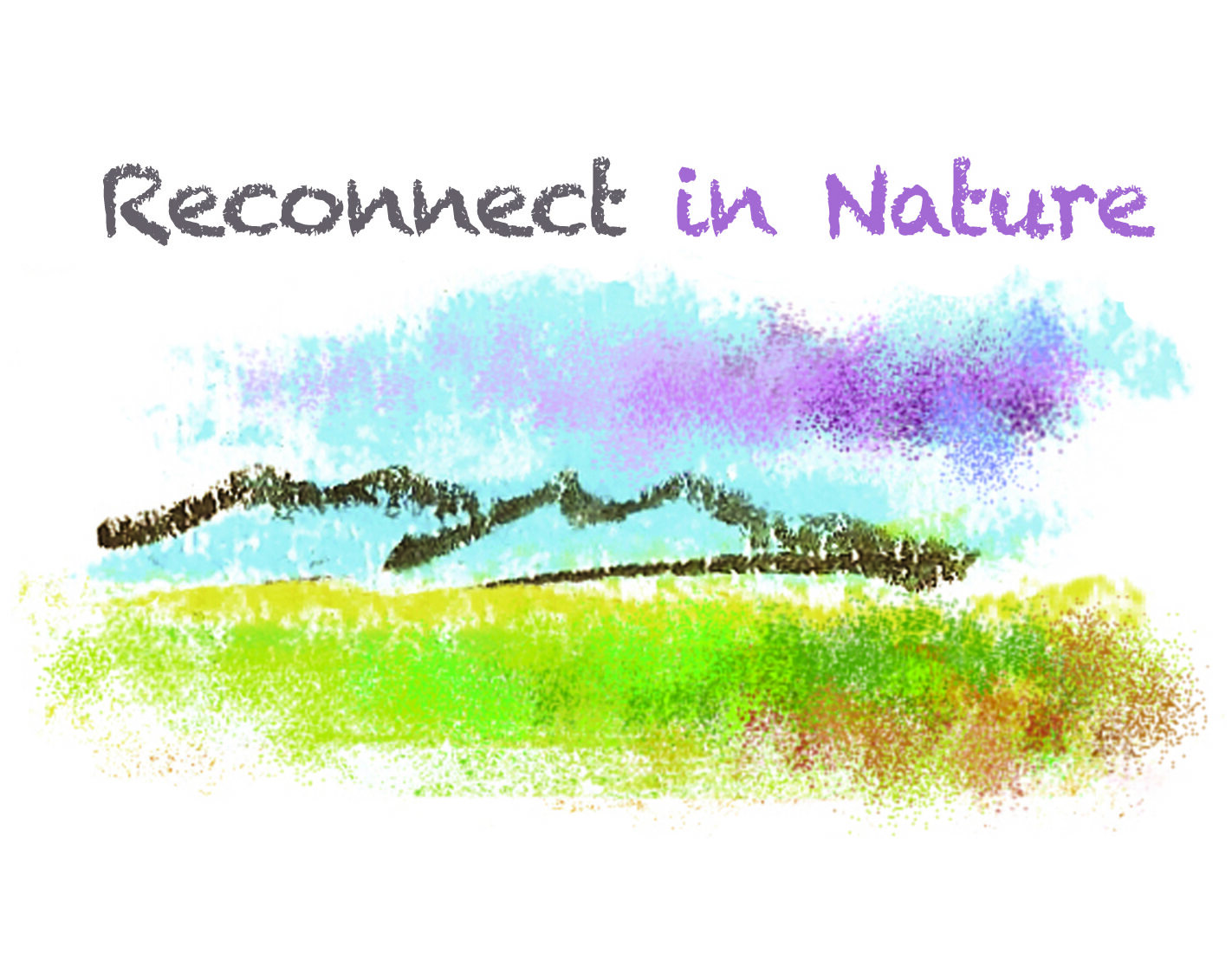Trees and Wellbeing Conference. Reflections from our visit to Oxford Brookes University.
Last week we attended the Trees and Wellbeing Conference at Oxford Brookes University that brought together researchers and practitioners to discuss how, and why, trees, forests and woodland can make us all feel better.
Here’s what we took we away from our two day trip:
1. There are a lot of good things happening across the UK when it comes to nature based intervention for health and wellbeing.
- Projects in Cornwall (A Dose of Nature) show that even small amount of time in nature over a 12 week period has a 69% increase in wellbeing.
- Westonbirt Arboretum, who have a community project very similar to our own, use their woodland to provide a safe space for people to take part in hands-on day visits and practical conservation activities.
- NHS Forest work with the NHS to improve the health and wellbeing of staff, patients and communities through increasing access to green space.
- Cities Alive by Arup is rethinking how we should design and manage cities in the future particularly thinking about green spaces.
- Trees for Cities,who work in urban spaces working on tree planting projects and and Edible Playgrounds.
- The Sylva Foundation – who connect people to woodlands and enable them to grow and manage their own trees. They also inspired us to do more wood working.
- We also like the sound of a proposed county wide nature-on-referral service in Cornwall where patients will be encouraged to join groups that involve walking in natural places, and other nature-based activities to improve their health and wellbeing.
2. The evidence of nature’s impact on our wellbeing is easy to find.
There is a whole list of studies and research here and here, and the Valuing Nature Health and Wellbeing programme has some really interesting current studies taking place across the UK. One of the early piece of published research comes from 1938 called, Convalescence on the coast, exploring the idea that sending people to beautiful places helps recovery.
3. Our childhood experience of nature matters.
We know that the experiences we have as children have an important impact on our lives. Talks by Sally York, Education Policy Advisor, at Forestry Commission Scotland and Liz O’Brien of Forest Research, both mentioned how outdoor learning and connection to nature as children has a lasting effect on our lives. We have seen recently through the work of Robert Macfarlane and his book The Lost Words that words such as Dandelion, Otter, Bramble and Acorn are being removed from childrens language and with it as Sally York said “the insidious creeping loss of experience”. Connecting children to nature is as vital as ever and the work of people like Stephen Kellert on the stages of progression and connection are really insightful.
“Children are an indicator species” Thought provoking ideas from Sally York about how the experiences we have as children have an important impact on our lives #treesandwellbeing
— Reconnect in Nature (@reconnectcymru) May 18, 2018
4. Trees, woodlands, and nature have huge social and cultural importance.
“I sincerely love & worship trees & know that they are people & wonderfully beautiful people.”
Paul Nash
The other side of this conference was about how trees are intertwined with us and our history as a species. Poets such as WH Auden, Edward Thomas, Mary Oliver, and John Clare and artists like Mark Gertler and Paul Nash, all show how nature shapes our minds, our creativity and our world.
“The trees encountered on a country stroll
Reveal a lot about a country’s soul.”WH Auden
This more emotive and poetic side of the conference prompted discussions around what we mean by evidence based decision making and does poetry and art count as evidence? Our connection runs deeper than numbers and statistics so perhaps there should less empahsis on normal data we come to see as evidence.
“Can evidence of the value of nature and trees come in the form of art and poetry and not numbers?” #TreesAndWellbeing – just because you can put a monetary value on something doesn’t mean you should.
— Reconnect in Nature (@reconnectcymru) May 18, 2018
What we took away with us above all, is that bringing together a wide range of people from different organisations and places can build shared understandings of the value of trees and nature. It feels like there is a direction and common value around trees and woodlands and there is room for more of this exploration. We know we’d like to build our own gathering and conference in Wales in the future.
Great day in Oxford representing Welsh trees and wellbeing 🏴 @Llais_yGoedwig @suzanne_tarrant #treesandwellbeing pic.twitter.com/7OswUYiBd9
— Reconnect in Nature (@reconnectcymru) May 18, 2018
Other resources we came across are…
The Tree Charter which sets out the principles for a society in which people and trees can stand stronger together.
A manifesto for the green mind: a call for a revolution to bring nature into our lives by Jules Pretty.
myForest Directory, helps to connect you with others in the forestry and woodland sector.
How to Hygge a Tree, a resource that inspires organisations to work with communities in woodlands.
nature natureconnection oxford trees treesandwellbeing wellbeing woodlands
